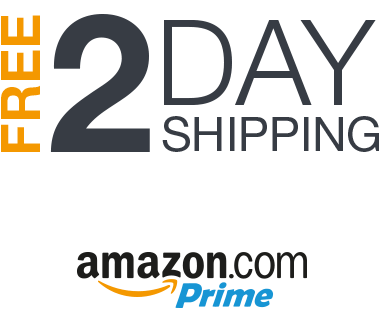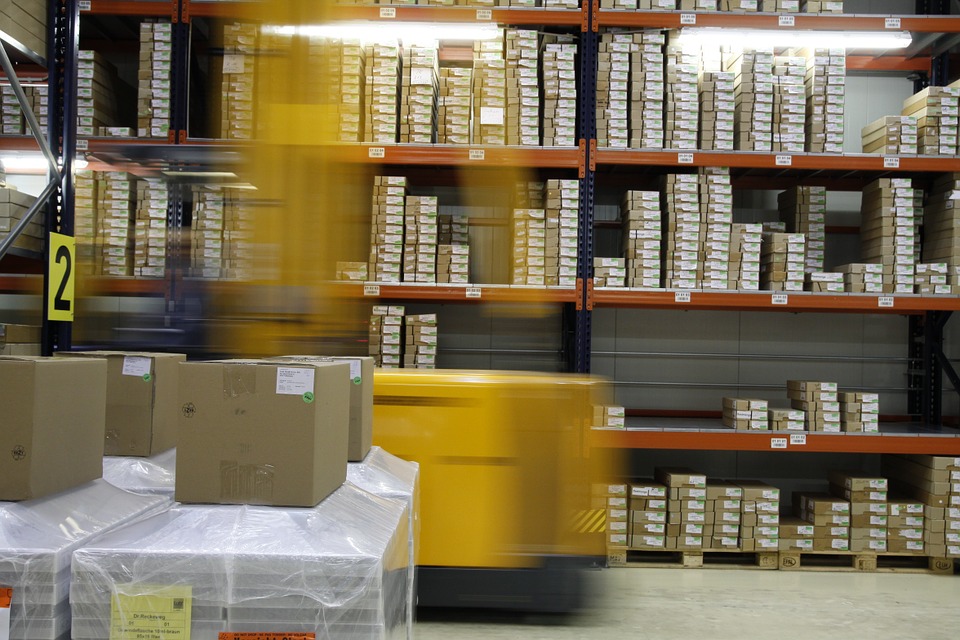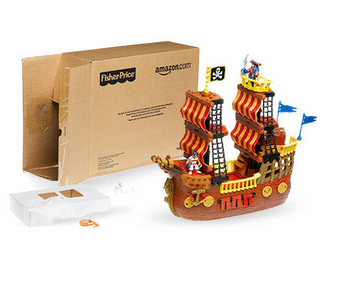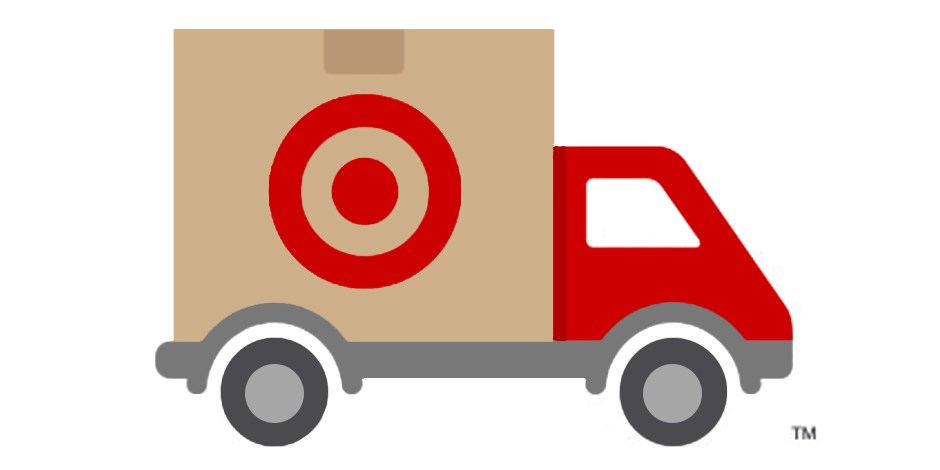It’s no secret that Amazon has set the standard when it comes to ecommerce shipping: free two-day shipping nearly anywhere on nearly anything.
As the Wall Street Journal wrote, “Alongside life, liberty and the pursuit of happiness, you can now add another inalienable right: two-day shipping on practically everything.”

It’s clear that as ecommerce evolves and customer expectations increase, order fulfillment will remain an integral part of selling online — it’s just getting faster, cheaper, and more high-tech.
What is order fulfillment?
Ecommerce order fulfillment refers to the complete process of receiving, processing, packing, picking, and shipping an online order. In layman’s terms, it’s the process of getting your products to the end customer — preferably as quickly and affordably as possible.
Fulfillment plays a huge role in the customer experience.
To stay competitive, ecommerce brands should constantly strive to improve upon their order fulfillment strategy.
“Customers expect 2-day shipping, and if you deliver, you will be rewarded.” – Casey Armstrong, CMO, ShipBob

The order fulfillment process
Most often, retailers will choose one of the following three fulfillment strategies:
- 1. Fulfilling orders in-house,
- 2. Dropshipping orders directly from the manufacturer to the end consumer, or
- 3. Outsourcing fulfillment to a third-party logistics provider, also called a 3PL.
The latter option is a smart choice for ecommerce retailers with high growth who need to scale quickly.
Many retailers partner with order fulfillment companies to outsource fulfillment tasks that are too costly or complex to manage in-house. 3PLs have logistics expertise and infrastructure that businesses can leverage to scale more quickly and reach new customers.
When outsourcing order fulfillment to a third party, the process usually includes 4 main parts:
- Receiving
- Picking
- Packing
- Shipping
Receiving refers to the acceptance and storage of incoming inventory at the 3PL’s fulfillment center(s). Every 3PL has its own process and documentation for receiving and storing inventory.

Picking and packing come next. When an order is forwarded from an online store to the 3PL, the fulfillment team collects the ordered items. Then they choose packing materials that will both protect the products and add up to the lowest practical dimensional weight.

Once the order is picked and packed, it’s time to ship. Some fulfillment providers use a preferred shipping carrier, while others rate shop between a variety of carriers. The latter helps retailers offer the most affordable and widest variety of shipping options to their customers.
What shoppers expect in 2019:
With big-box retailers like Amazon and Target setting the standard for fast and affordable shipping, customer expectations around order fulfillment are constantly increasing.

Slow transit times and limited delivery choices are no longer an option: 38% of customers say they’ll never shop with a retailer again following a negative delivery experience.
“By meeting and exceeding your customers’ expectations, you’ll build your brand faster and drive word of mouth, which is the most powerful, yet difficult, form of marketing,” Armstrong said.
While next- and even same-day delivery aren’t new concepts, they’ve previously been reserved for retail giants. But with 88% of consumers willing to pay for same-day or faster delivery, we’re likely to see more retailers than ever offer this option in 2019.
So how can online retailers keep up?
Beyond having the right technology in place, two- and same-day delivery requires retailers to expand their geographic footprint. To make same-day shipping more accessible and affordable for customers across the country, retailers and 3PLs alike need to be strategic when choosing fulfillment center locations and local partnerships.
“Amazon has set the standard of 2-day shipping regardless of location and item, so that is what customers expect. At ShipBob, we are not only providing 2-day shipping for our fast-growing DTC brands, but working on providing next-day shipping in high volume regions like New York, Los Angeles, San Francisco, Dallas, and Chicago,” Armstrong said.

Order fulfillment as a revenue driver
Customer acquisition costs are rising by double-digit percentages across Facebook and Google every year.
By creating a best-in-class post-purchase experience for customers, retailers can turn order fulfillment from a cost center to a revenue driver.
Meeting — or, better yet, exceeding — customer expectations around order fulfillment can help ecommerce retailers reduce cart abandonment, increase AOV, and build customer loyalty. The right ecommerce order fulfillment strategy is key to staying competitive in 2019.
“As customer acquisition becomes more difficult and more expensive, growing your AOV is paramount to long-term success and hitting sustainable ROI across your paid marketing channels,” Armstrong said.
How are you upgrading your order fulfillment strategy to meet customer expectations in 2019?
Let us know in the comments below!
You Might Be Interested In












